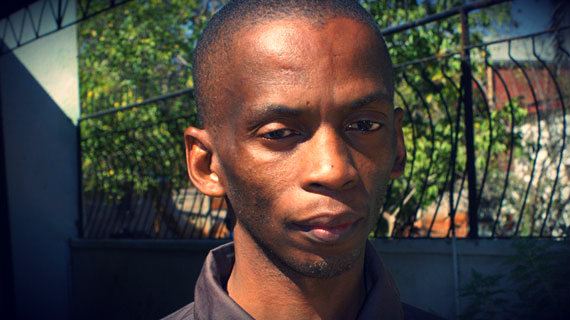
BULAWAYO the ancient capital of King Lobengula is known as the City of Kings, but a quick search on the Internet reveals that it is only Lima in Peru featured as the city of kings.
What have we done to market Bulawayo as a city of kings dovetailing this with the potential of unlocking its potential as a tourism destination?
A trip to the industrial areas of Bulawayo in Belmont, Kelvin or Khami road reveals the extent to which our beloved city has been ravaged by economic crises.
One might think that the sight of churches taking over factory warehouses is a sign of spiritual awakening in the City of Kings.
I agree it may be a sign of spiritual awakening, but it is also a sign that industries have collapsed and instead of vibrant manufacturing companies emerging and employing people there is an increase in the number of empty factories or warehouses occupied by churches, funeral parlours and non-governmental organisations.
This is a sure sign that there is economic decline in the city.
I will not, however, waste your time and my energy describing the terrible state of our beloved city, but rather suggest a number of ways in which we could make this city the pride of Zimbabwe once again.
I will start with the name City of Kings and Queens.
- Chamisa under fire over US$120K donation
- Mavhunga puts DeMbare into Chibuku quarterfinals
- Pension funds bet on Cabora Bassa oilfields
- Councils defy govt fire tender directive
Keep Reading
To call Bulawayo the City of Kings and Queens is not just a tokenistic attempt at retrospective gender balancing, but a reflection of historical reality because this nation was ruled not just by kings such as the Mambos and the Khumalos, but also by the likes of the great Queen Lozikeyi Dlodlo who provided leadership for the Ndebele nation after the demise of the monarchy (see Lozikeyi Dlodlo Queen of the Ndebele by Marieke Faber Clarke and Pathisa Nyathi).
What is it that is in place which makes Bulawayo the City of Kings currently?
The Joshua Nkomo statue was a brilliant start, but maybe giant statues of Lobengula and Mzilikazi would not be a bad idea to really brand Bulawayo as the city of kings.
This could also attract interest in the cultural diversity and richness of the city and region and this could be a selling point.
Washington DC in the United States is a model of a city rich in historical memorabilia attracting people from all over the world.
It’s not about renaming everything and anything after this hero or the other, but building a new narrative around the city’s heritage from new installations, buildings and monuments.
This would mean that somebody in Hong Kong can Google the city of Kings and come across a gigantic statue or monument of some great king such as Mzilikazi and then want to interact with this great history and city.
He or she would then want to find out more about the city and its environs and will come across the Natural History Museum, the Mzilikazi Craft Centre, the Nkomo statue, Cecil John Rhodes’ grave, Gadadi battle site and the Matopos.
In this endeavour we should not attempt to wipe out the colonial history, but retain history as history because some will want to find out who this person called Rhodes was as well as the story of conquest and independence with all its antagonists, protagonist, heroes and villains.
Bulawayo is probably the most culturally and linguistically diverse city in Zimbabwe although largely dominated by the Ndebele.
This could be another unique selling point because it means that Bulawayo is microcosm of Southern Africa.
In the City of Kings there are Ndebeles, Nyanyas, Tongas, Tswanas, Xhosas, Vendas, Suthus, Kalangas, Indians, Chinese, whites and Shonas. The city is virtually a cultural melting pot which needs to be celebrated as an ethno-cultural tourism destination with the potential of unlocking economic value through its rich heritage.
Bulawayo is the city of Peter Ndlovu, Bruce Grobbelaar and Benjamin Mwaruwari who were and still are international sports brands.
I am made to understand there is a statue of Grobellar at Liverpool’s Hall of Fame, but none at Babourfields Stadium or Bulawayo.
The city should also position itself as the artistic and cultural capital of Zimbabwe, what with brands such as Cont Mhlanga, Albert Nyathi, Nkululeko Dube, Raisedon Baya, Pathisa Nyathi, Elizabeth Tshele (popularly known as NoViolet Bulawayo) and Simon Mambazo Phiri.
These people can become brand ambassadors for the city of Bulawayo and because of their tremendous international visibility, this could be a plus in once again marketing the City of Kings as a tourist destination.
We will look at other ways of reviving Bulawayo in the next few columns.
Mayibuye www.dumisanionkomo.blogspot.com Dumisani Nkomo is a political commentator and chief executive officer of the Habakkuk Trust. He writes in his personal capacity










